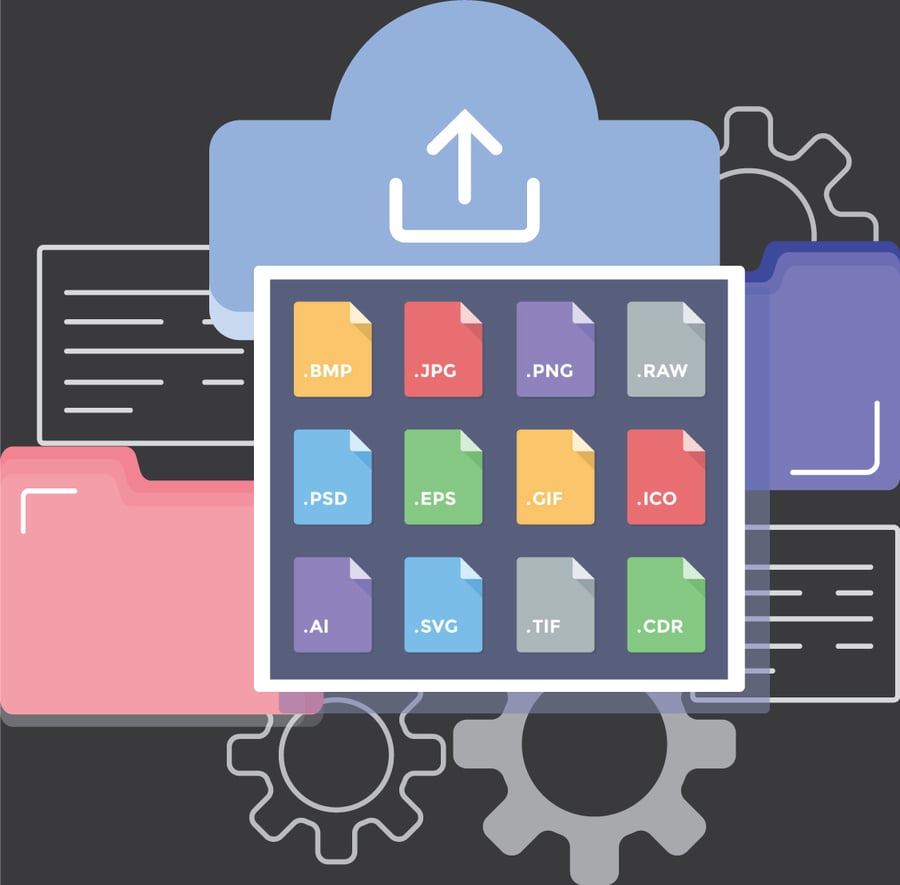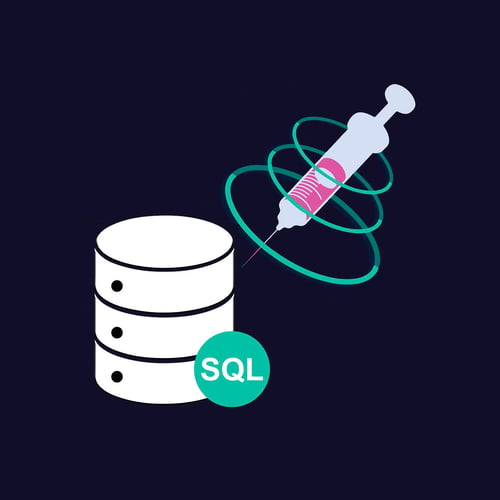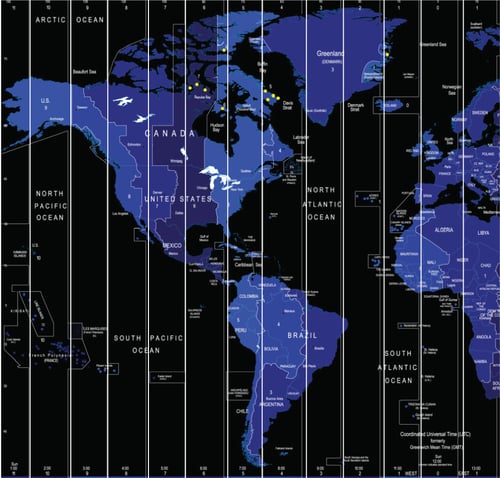Incorporating Images in Your Infomaptic Reports: A Guide to Using Images, Image Expressions, and Attachments

In today’s world, visual representation of information is an important part of many fields, including GIS. Infomaptic offers a range of tools that allows users to include images in their reports to make them more engaging and informative. As a new user of Infomaptic, you may be wondering about the different ways you can include images in your reports. Images, Image Expressions, and Attachments are all features that allow users to include visual elements in their reports. In this post, we’ll explain the differences between these options and how to use them in your reports.
An image allows you to insert a static image into your report. You can enter the URL of an image or upload one from your computer. Note that uploaded images are stored inside your template, so large images may affect the performance of your report generation. To avoid this issue, you can try hosting your image on a server and accessing it via URL. If you are hosting the image in your ArcGIS Portal, you can use the Secure Portal Image capability in the Image Expression.
Image Expression are the best option to try if you want a dynamic image, or to change what image is loaded based on some condition.
An Image Expression is just like an Image item except that you control the URL, Title and Alt Text with Atelerix Expressions. This is normally used when you want to dynamically construct the URL to an image, or if you need to access an image that is secured via ArcGIS Portal.
You may also set the height, width, rotation and aspect ratio settings of an Image Expression. They behave just as an Image does.
When Maintain Aspect Ratio is enabled, the image will not be stretched to fill the space. Instead it will be rendered as large as possible within the space given. If you want the image to be stretched to fill the exact space you have given it, disable Maintain Aspect Ratio. An image item may also be converted to an Image Expression at any time by clicking the Convert to Expression button in the upper right hand corner. This will not change the behavior of your image, but will allow you to use atelerix expressions to alter the properties.
However, if you are looking for displaying attachment images our attachments option allows you to include ArcGIS attachments that are available on your data source. Attachments don’t work if your service doesn’t support attachments. If this is the case and you still need images, image expression would be the best option.
Infomaptic supports displaying image attachments, but it also allows users to display other types of attachments, such as PDFs or Word documents. Users can choose to display all attachments, images only, or non-images only and can also choose to show the file name and hide the image/icon. (Note that you can include the Attachment item more than once, so you can easily include images in one part of your report, and non-images in another part).
The most important part for attachments is setting an appropriate size and spacing. This is done via the Attachment Settings section. In both modes, you can set the size of the container for the image and its optional title. The image will always try to fill the full width of the space first, then the height. Images will not stretch to fill a space, they will maintain their aspect ratio automatically.
Spacing between attachments is controlled via the Margin control (shown after the width and height settings).
In conclusion, Infomaptic offers a range of tools that allow users to include images in their reports, making them more engaging and informative. Whether you need a static image, a dynamically generated image, or attachments from your data source, Infomaptic has you covered.



